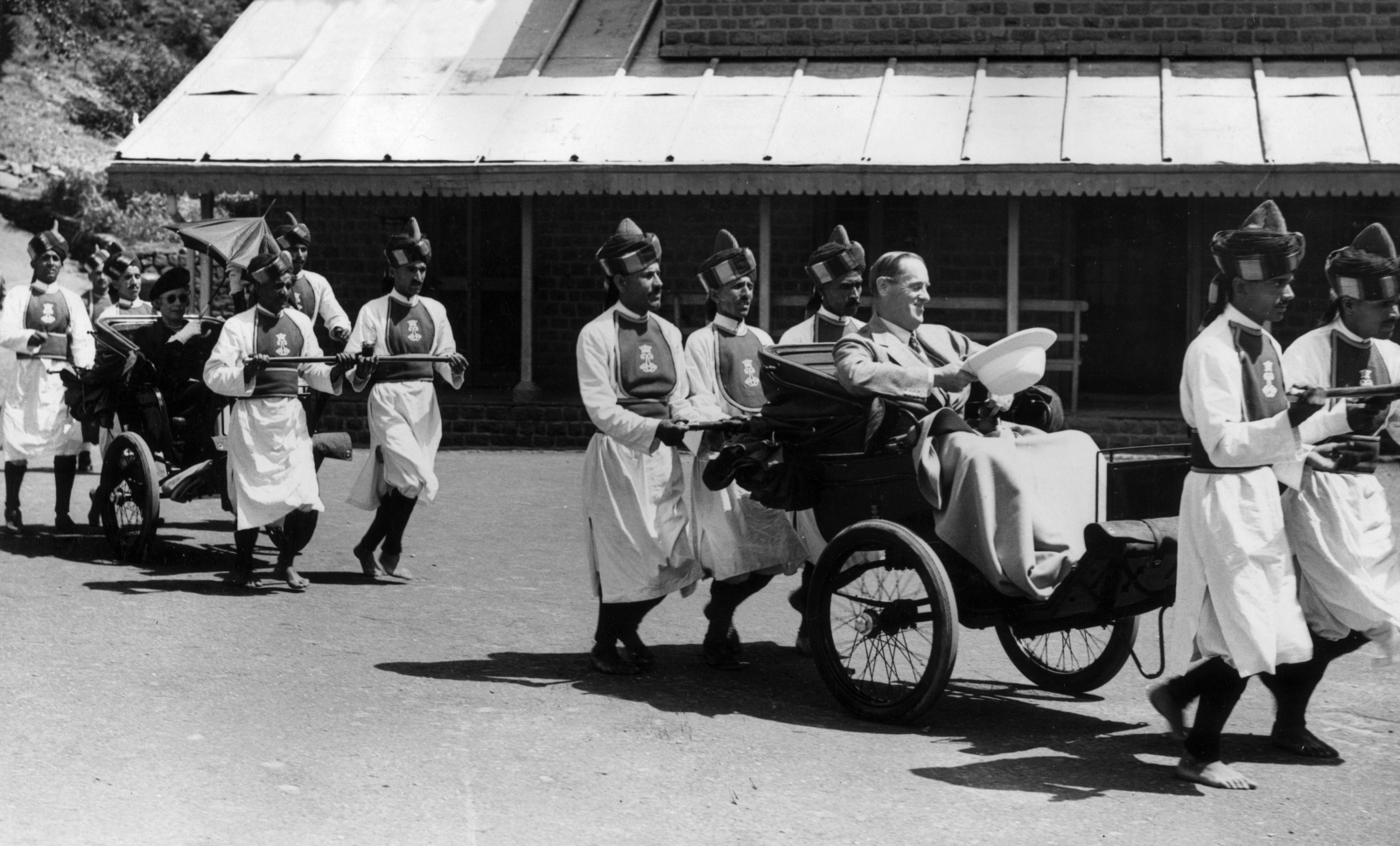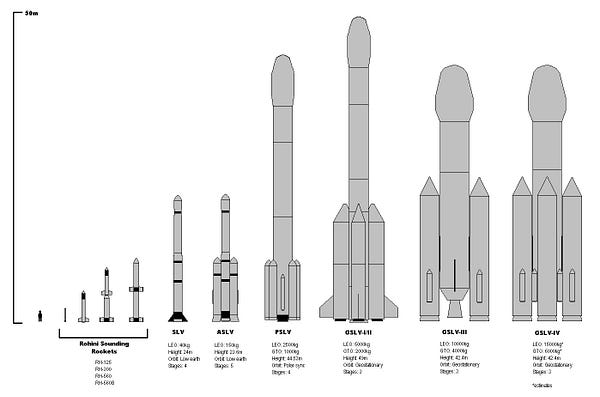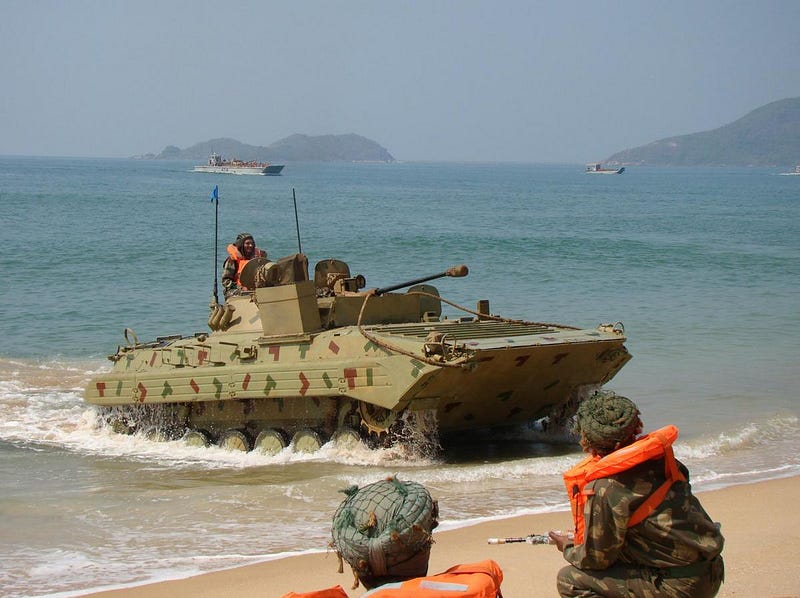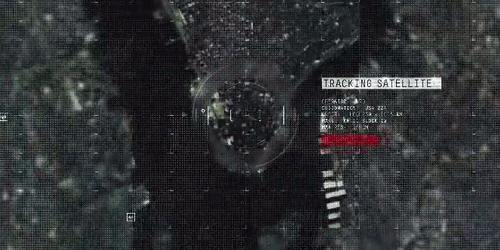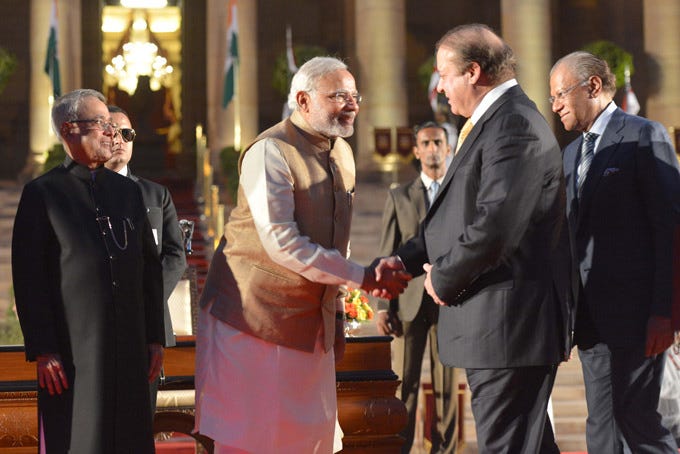STRATFOR
As part of my day-to-day job, I read a lot of news reports, books and scholarly studies. Though the never-ending avalanche of information sometimes feels like a mild version of electronic waterboarding, it also allows me to pick out interesting parallels between different events.
Not long ago I re-read Blood and Rage, an excellent book by historian Michael Burleigh that outlines the cultural history of terrorism. As I flipped through the chapters on nihilist and anarchist terrorism in the late 19th and early 20th centuries, I couldn't help but notice some intriguing similarities to jihadism. This week I'll share them with you to put the modern threat that jihadists pose into better context.

Above image: Assassination of President McKinley. During their heyday, anarchists managed to assassinate a number of world leaders. Jihadists share similar ambitions but so far have fallen short. (T. DART WALKER)
The technological tools today's jihadists use are certainly new; after all, the internet and social media only emerged over the past few decades. But many of the tactics they rely on are as old as terrorism itself. And despite the more primitive means at their disposal, anarchists were often far more successful than their jihadist counterparts in using propaganda and the media to recruit, radicalize and equip their followers.
 PDF Version
PDF Version
